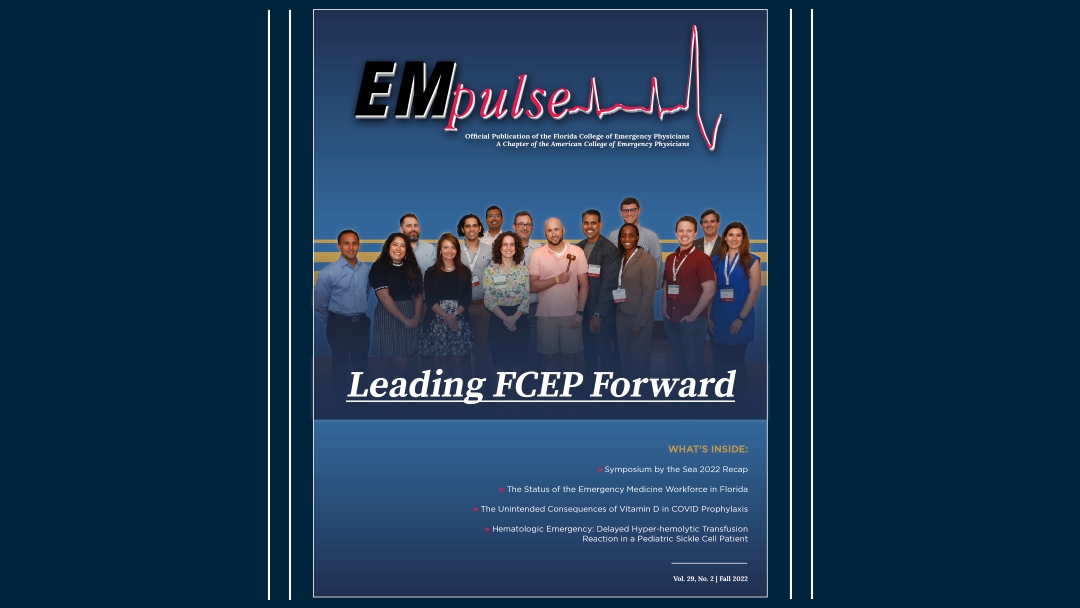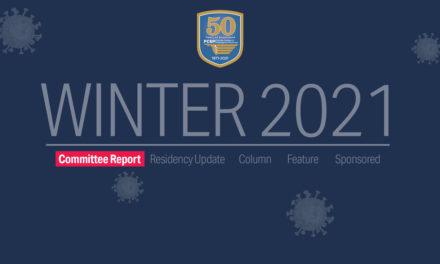“The Perfect Patient” – Mindful Narcan Use in the Opioid Epidemic
Opioid use disorder (OUD) continues to be on the rise. There was a 30% increase in deaths caused by overdoses from 2019-2020 nationwide, and a continued 15% rise from 2020-2021. [1] Some have called this the “epidemic within the pandemic.” As synthetic opioids like fentanyl continue to replace pills and heroin, deaths are expected to increase. [1] OUD has become a well-known prehospital and emergency medical chief complaint.
With the rise in fentanyl and fentanyl-laced products, many have anecdotally seen an increase in the amount of Narcan required to achieve opioid reversal. Whereas pre-pandemic, 0.4 – 2 mg seemed to be enough, patients are now needing 8 – 12 mg doses before observing any clinical effect. While synthetic opioids likely require these higher doses for reversal, we must also be mindful of our goal of Narcan administration. Our goal is to maintain the “perfect patient” – the one that is breathing, but is not in withdrawal.
Narcan administration is not benign. Although thought to be rare with sparse literature, rapid infusion, especially at higher doses, induces a catecholamine surge that can have fatal side effects. These include non-cardiogenic pulmonary edema, arrhythmias, and even cardiac arrest. [2,3,4] Narcan use can also precipitate withdrawal. Patients in withdrawal feel miserable, can become agitated, may require sedative medications, and are certainly less likely to seek our help in the future. Although Narcan without a doubt saves lives, the overuse of Narcan can also be detrimental to our patients. It’s a classic case of too much of a good thing.
How would we titrate Narcan in a cancer patient who took too much of her pain medication? Would it be the same as an addict well known to our hospital system who was found unresponsive with a needle in his arm? It is very easy as a healthcare provider to become callous towards OUD patients. Please, in the spirit of primum non nocere, be mindful of our goals of care and titrate Narcan to the perfect patient. ■
References
- CDC, National Center for Health Statistics, Office of Communication. U.S. Overdose Deaths In 2021 Increased Half as Much as in 2020 – But Are Still Up 15%. May 2022. Available from: https://www.cdc.gov/nchs/nhis.htm
- Al-Azzawi M, Alshami A, Douedi S, Al-Taei M, Alsaoudi G, Costanzo E. Naloxone-Induced Acute Pulmonary Edema is Dose-Dependent: A Case Series. Am J Case Rep. 2021 Mar 17;22:e929412. doi: 10.12659/AJCR.929412. PMID: 33730013; PMCID: PMC7983320.
- Rzasa Lynn R, Galinkin JL. Naloxone dosage for opioid reversal: current evidence and clinical implications. Ther Adv Drug Saf. 2018 Jan;9(1):63-88. doi: 10.1177/2042098617744161. Epub 2017 Dec 13. PMID: 29318006; PMCID: PMC5753997.
- Kummer RL, Kempainen RR, Olives TD, Leatherman JW, Prekker ME. Naloxone-associated pulmonary edema following recreational opioid overdose. Am J Emerg Med. 2022 Mar;53:41-43. doi: 10.1016/j.ajem.2021.12.030. Epub 2021 Dec 17. PMID: 34973491.
This article is part of the following sections:





